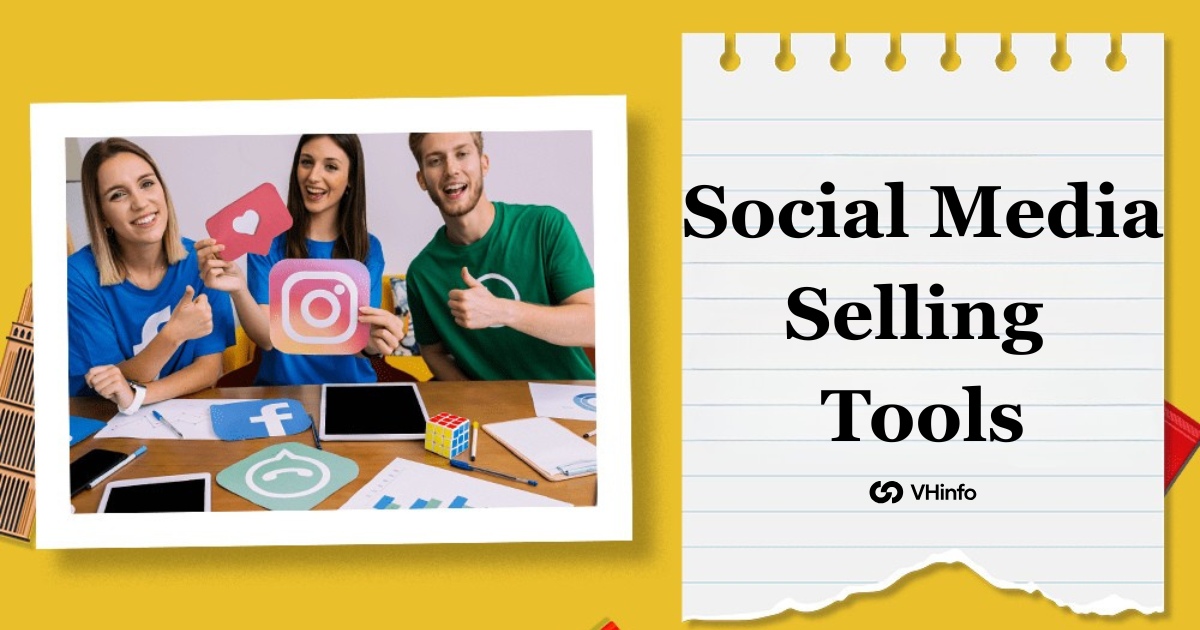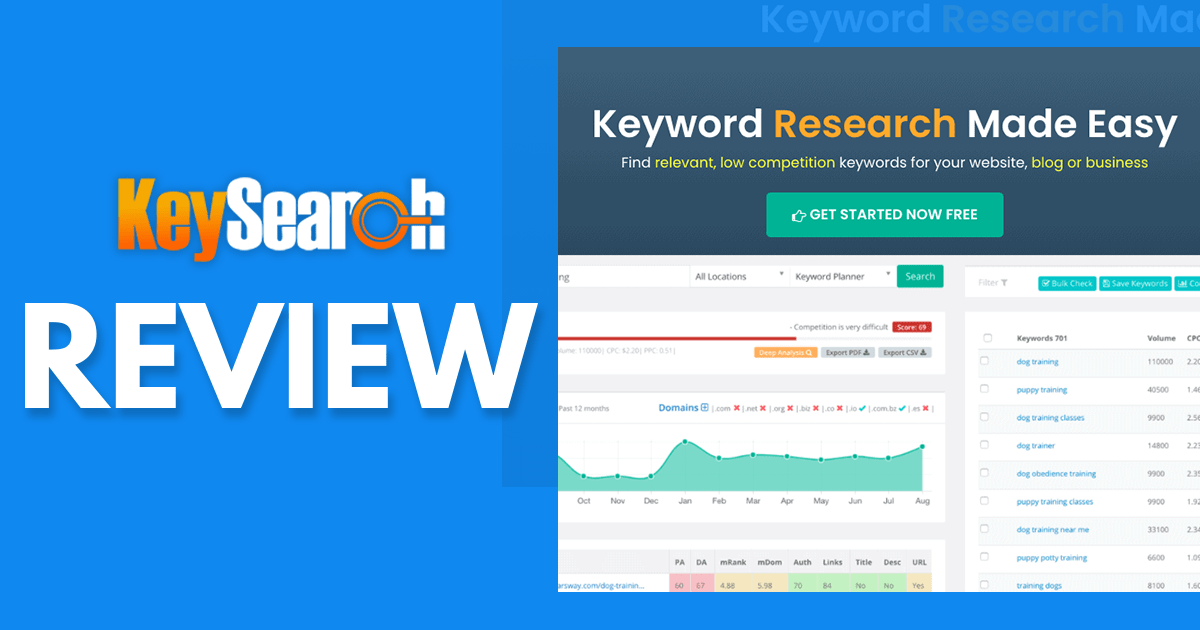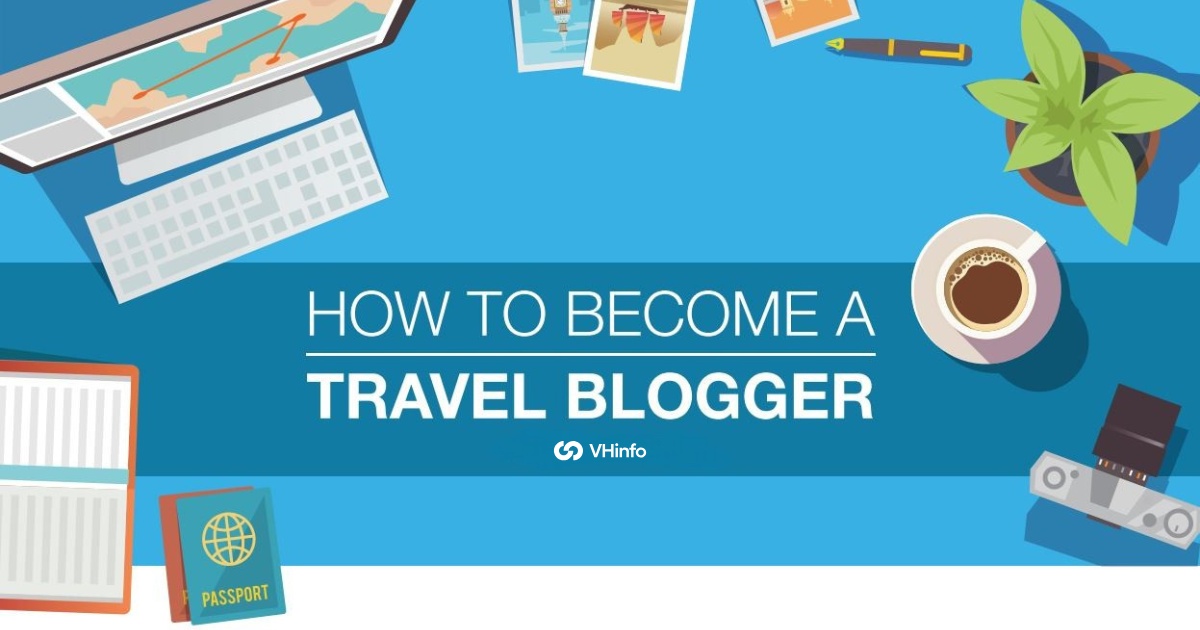Social media is now a place where people shop online every day.
With the right social selling tool, any business can turn social media platforms into real sales. Social selling means using social media channels to talk to potential customers and build relationships with them.
Instead of making cold calls, sales professionals share helpful content and answer questions in a friendly way.
VH-info helps SaaS companies grow their customer base through smart link-building and social media marketing. This simple guide shows how a good social selling strategy can help your business generate more leads and fill your sales funnel with happy customers.
What is Social Selling?
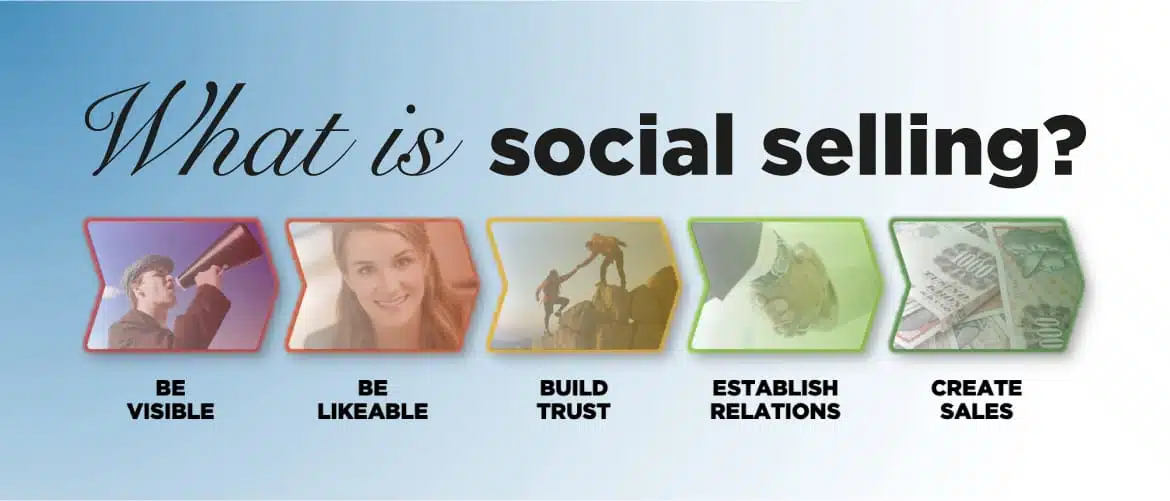
Social selling is a way for businesses to sell products by talking with potential customers on social media platforms like Facebook, Instagram, and LinkedIn.
Instead of making phone calls or sending emails, sales professionals share helpful, valuable content and build relationships with people online. They use social media channels to answer questions, give advice, and show how their products can solve problems.
Sales teams focus on being helpful first, then guiding people toward making purchase decisions. This method works well because people trust friends and experts they follow on social media networks.
How Social Selling Differs From Traditional Selling?
Traditional selling means calling people on the phone, sending emails, or meeting them at business events.
Social selling is different because it happens on social media platforms where people already spend their time every day. Old-style selling can feel pushy, but social selling focuses on building relationships and sharing relevant content that helps people make smart choices.
Sales reps using traditional methods only work during business hours, but social media posts work all day and night to reach potential buyers. Traditional selling is like knocking on doors when people don’t want visitors, while social selling is like being a helpful friend who gives good advice when people need it.
The Role of Social Selling in B2B vs. B2C
B2B (business-to-business) companies use tools like LinkedIn Sales Navigator to find and talk to business owners and decision-makers. They share thought leadership content and case studies to show they know what they’re talking about.
B2C (business-to-consumer) companies use Instagram, TikTok, and Facebook to reach regular shoppers with fun visual content and shoppable posts. B2B social selling takes longer because businesses think carefully before buying expensive things for their company. B2C social selling can happen fast with live shopping events and viral content that makes people want to buy right away.
Both types need social proof like reviews and success stories to build trust with their target audience.
Key Statistics on Social Commerce Growth
Social commerce is growing very fast around the globe. Experts believe it will reach $821 billion in sales by 2025.
Around 75% of B2B buyers now check social media sites before they buy anything for their firms. Sales workers who use social selling tools are 51% more likely to reach their sales goals than those who do not.
People spend over 2 hours each day on social media networks. This makes it a great spot for finding leads.
Companies that use strong social selling see 45% more sales chances than those that use old ways. Social media marketing now affects 87% of all buying choices. This shows how important it is for marketing teams to work on social engagement.
Why Your Business Needs Social Media Selling Tools?
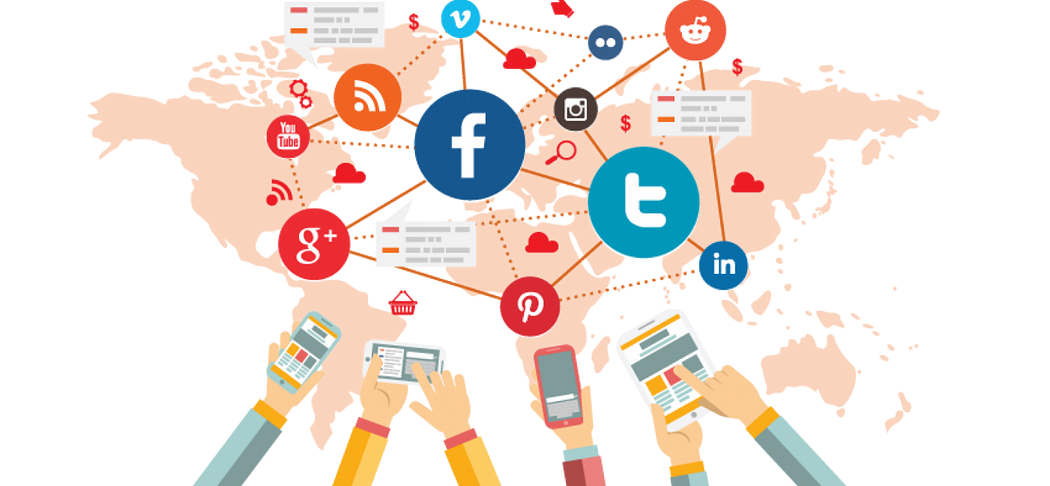
Increase Lead Generation and Sales
Social media selling tools help businesses find more customers quickly. They are much faster than doing tasks by hand. These tools can send messages to the right people automatically. They also create posts that allow buying with just one click.
When sales teams use tools like LinkedIn Sales Navigator, they can search for their ideal audience. This helps them reach the right people easily. The tools also track which social media posts get the most clicks and sales. This way, marketing teams know what works best for them.
Companies using these tools see 45% more chances to sell. They can connect with more people in less time.
Build Stronger Customer Relationships
Social selling tools help businesses talk to customers quickly and in a friendly way through social media platforms.
When someone asks a question on social media channels, these tools send alerts so sales professionals can answer questions right away. The tools also remember what each customer likes, making it easier to share relevant content that helps them make purchase decisions.
Customer service gets better because businesses can solve problems fast and show they care about building relationships.
Social selling becomes easier when tools help track conversations and remind sales reps to follow up with potential buyers, leading to stronger connections with their customer base.
Gain Competitive Insights Through Social Listening
Social listening tools help you see what people say about your business and competitors. They do this on social media in real time.
These tools find out what customers think about products. They also show what problems customers want solved. This helps marketing teams make better ads. The tools show which content ideas work best. They also reveal what gets the most attention from your target market.
Sales teams can look at viral content from competitors. They can learn from these successes to boost their own sales plans. Google Alerts and other listening tools keep businesses updated on trends in their field. These tools help find new ideas for reaching more customers.
Key Features To Look For In Social Selling Tools

Choosing the best social selling tool means making sure it has the right features to help you handle your sales funnel well.
- Multi-Platform Publishing and Scheduling: A good social selling tool lets you write one post and share it on different social media platforms like Facebook, Instagram, LinkedIn, and TikTok all at once. You can pick the best times to post and schedule content days or weeks ahead, so your sales teams never miss a moment to reach potential customers. This saves time and keeps your social media feeds active, helping with brand awareness and steady lead generation.
- CRM and Sales Funnel Integration: The tool should connect with your CRM (like HubSpot or Salesforce) so every message, comment, and click goes into the same system where you track deals. This shows where each potential buyer is in the sales funnel, from a first like to a closed deal. By having both social chat and sales data in one place, sales professionals can give the right content at the right moment, boosting conversions and building stronger customer relationships.
- AI-Powered Content and Engagement Assistance: AI features help write captions, suggest hashtags, and even reply to comments or DMs in real time. This makes sure your social selling efforts never run dry of relevant content, even on busy days. AI can also spot what topics get the most engagement, so you know what valuable content to share next. With AI help, marketing campaigns and social selling strategies stay fresh and efficient.
- Robust Analytics and Reporting Dashboards: Look for clear charts and reports that show clicks, shares, replies, leads, and revenue from each social selling platform. Good dashboards let marketing teams and bosses see which social media channels bring the best results and where to improve.
15 Best Social Media Selling Tools For 2025

The tools you pick can help or hurt your social selling strategy. Here are 15 top platforms made to make your social selling even better.
These include both free trials and paid options. The tools come with choices for CRM integration, analytics, automation, and ways you can talk right to people. No matter if you want the best social selling platform for lead generation or something that helps manage things, these tools work for all types of businesses. They will help move your social media selling to the next level.
Sprout Social
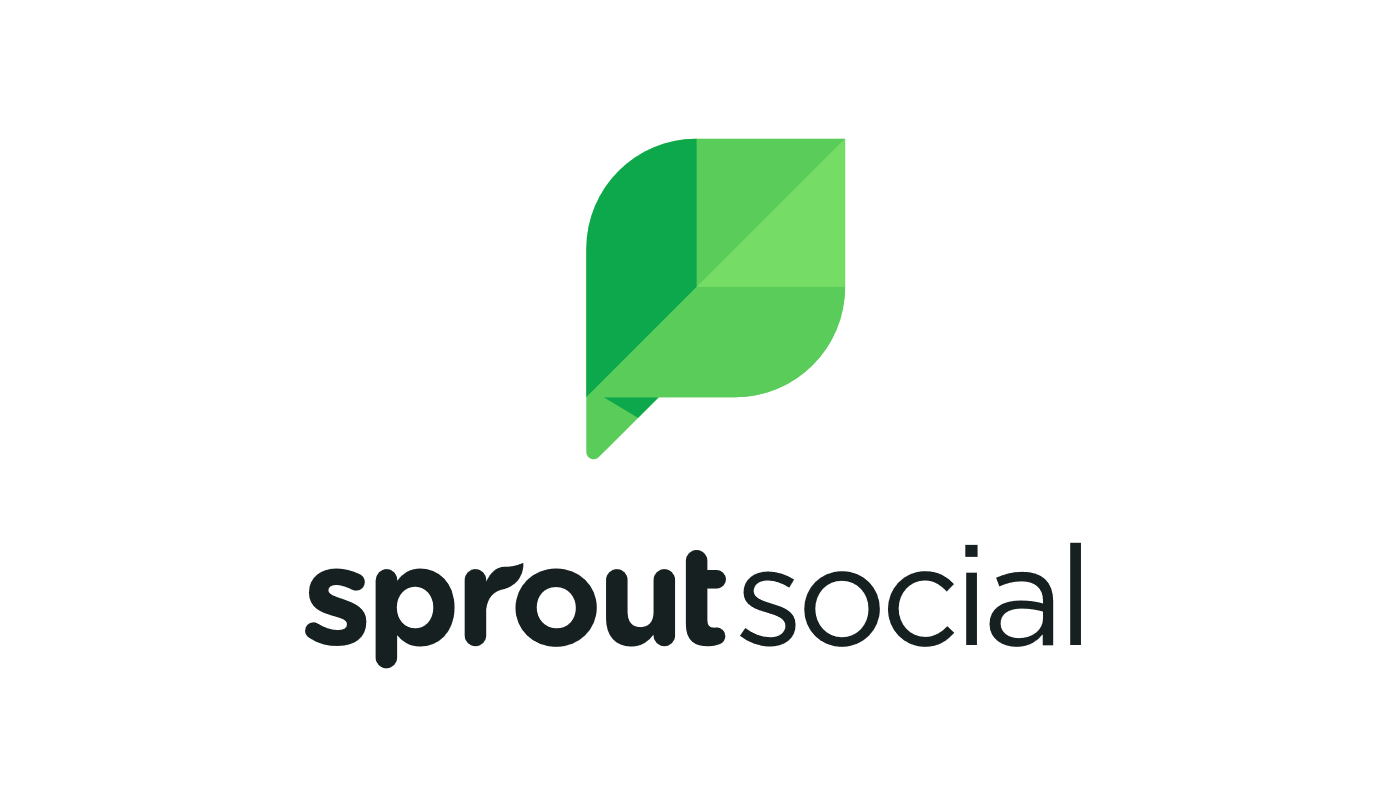
Sprout Social is a tool for managing social media. It helps sales teams plan and share content on sites like Facebook, Instagram, LinkedIn, and Twitter. The tool has a feature to listen to social media. This means you can track what people say about your brand and trends in real time. You will always know what your potential customers are discussing.
Sprout Social works with CRM systems. It brings in customer data and chat history automatically.
This makes it simple for sales staff to share useful content and respond to questions fast. Its analytics dashboard shows which posts get the most clicks, shares, and leads. This helps your marketing teams improve their campaigns.
LinkedIn Sales Navigator

LinkedIn Sales Navigator is the top social selling tool for B2B sales reps who want to connect with business decision-makers.
It uses advanced search filters—industry, company size, role, and more—to find the right people in your target audience. You can save leads, get real-time alerts when prospects change jobs or share updates, and send personalized InMail messages directly in LinkedIn.
The Sales Navigator dashboard shows your social selling index and helps you track how many leads and potential buyers you’ve engaged.
With seamless CRM integration, every interaction—clicks, messages, and profile views—flows into your sales funnel, making lead generation more efficient and raising your brand awareness among key contacts.
SoldLive

SoldLive turns Facebook and Instagram live videos into a shoppable experience. When you go live, SoldLive adds clickable product tags directly into the video window. Viewers can tap a product image or name to buy instantly—in a single click—without leaving the app.
It syncs with your online store inventory (Shopify, WooCommerce, etc.) so you never sell out-of-stock items. The tool sends automatic follow-up DMs and reminders, boosting social engagement and customer service.
With its 14-day free trial, you can test SoldLive’s live checkout, waitlists, and order management. This makes it easy for small and large brands to drive real sales from live shopping events and build a loyal customer base through social commerce.
Hootsuite

Hootsuite is a well-known tool for managing social media. It helps marketing teams plan, schedule, and post on all major platforms. The drag-and-drop calendar makes it easy to set up content weeks ahead. This way, you can post when customers are most active.
Hootsuite also allows you to listen to social media. You can watch keywords, hashtags, and what competitors say in real time. This helps you come up with new content ideas and plans for your marketing.
It provides simple data on clicks, views, and how people engage with your posts. You can easily connect it to Google Alerts too. Hootsuite’s free plan supports two social profiles. This makes it a great choice for small brands that want to boost leads and raise brand awareness.
Buffer
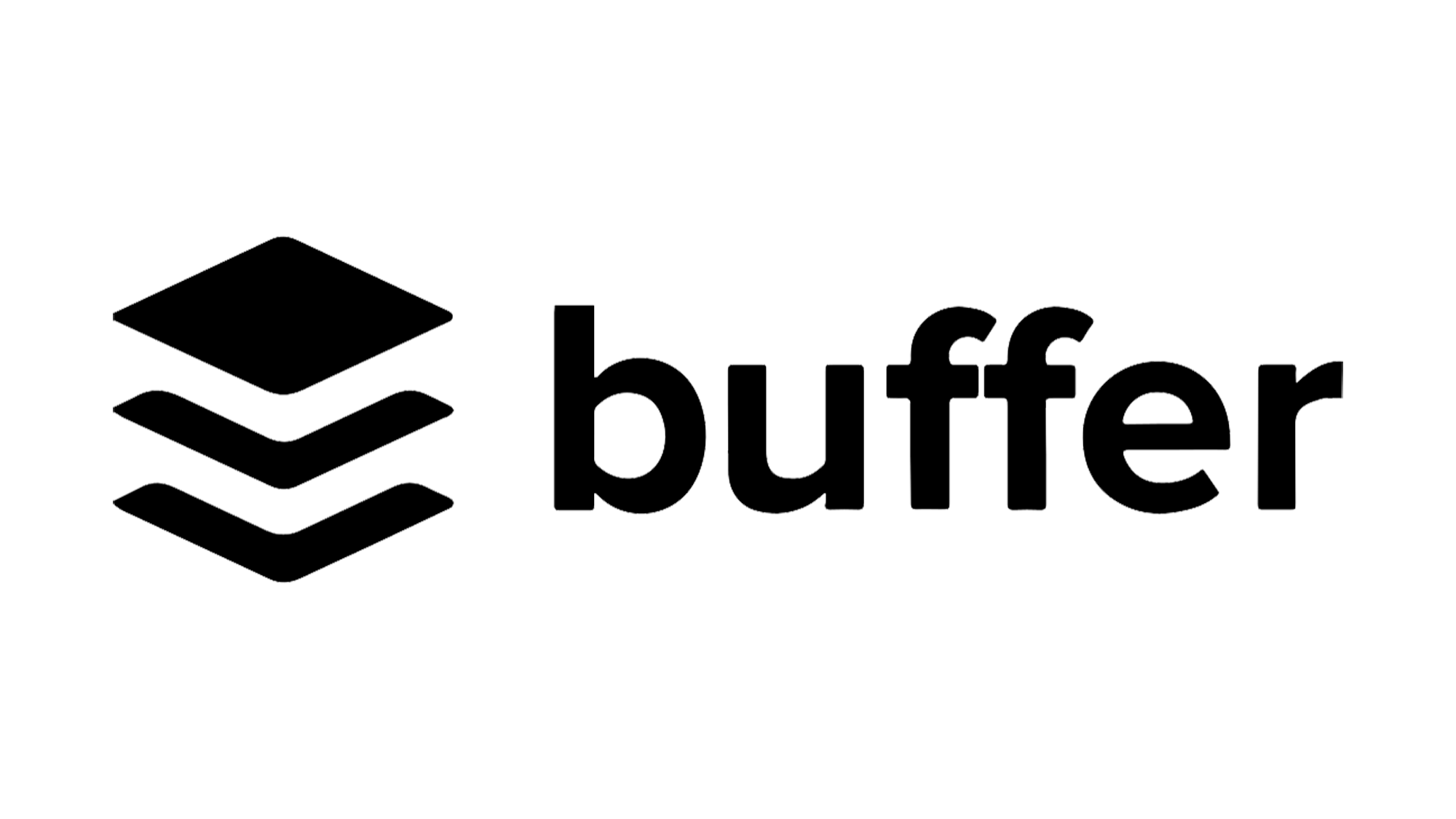
Buffer is a simple tool for scheduling and sharing social media posts. It works on sites like Twitter, Facebook, LinkedIn, and Instagram. Its easy design helps sales workers create useful content. They can pick the best times to post. Users can also organize posts in a tidy list.
Buffer’s analytics page shows which posts get the most clicks, likes, and shares. This way, you learn what type of content works best. The free plan allows you to link up to three social accounts. You can schedule up to ten posts for each account.
As your needs grow, paid plans let you add more accounts and get better insights. This helps your social selling stay smart and on-brand.
HubSpot

HubSpot’s all-in-one platform combines CRM, email marketing, ads, and social media marketing tools in one dashboard. It lets you schedule and post directly to Facebook, Instagram, and LinkedIn, while tracking every interaction—likes, comments, and shares—in the CRM.
Sales teams can see where each lead is in the sales funnel, assign tasks, and set reminders to follow up.
With HubSpot’s social listening, you get notifications when customers mention your brand or key topics. The robust analytics show ROI on each platform, feeding data into your broader marketing campaigns.
HubSpot offers a generous free plan, so even small teams can start building stronger customer relationships and generating leads.
Nimble

Nimble is a light and cheap CRM. It pulls in social profiles for every contact. It also shows recent activity easily.
When a buyer emails or tags you on social media, Nimble displays their LinkedIn, Twitter, and Facebook details in one place. Sales teams can then share content based on interests and past talks.
Nimble provides easy social listening streams too. These streams help track talks about your brand or field. Its report dashboard shows your best leads, deals, and tasks. This makes it simple for small businesses to manage relationships with ease.
Nimble keeps things simple and helps teams boost their social selling plan without extra costs.
Seismic

Seismic is a strong tool for sales help. It gives the right sales content like brochures, decks, and videos.
This content appears directly in social media feeds and chat apps. Sales reps can search through a shared library of content. They can also adjust materials and send them using LinkedIn, email, or chat. The tool tracks which items get the most views, downloads, and shares.
This helps you focus on visual content that influences choices. It works with CRMs like Salesforce. This means every time you send, open, or click on content, it updates the sales process.
Seismic also helps build thought leadership and brand trust. It allows teams to show polished content that builds trust and pushes deals ahead.
Google Alerts
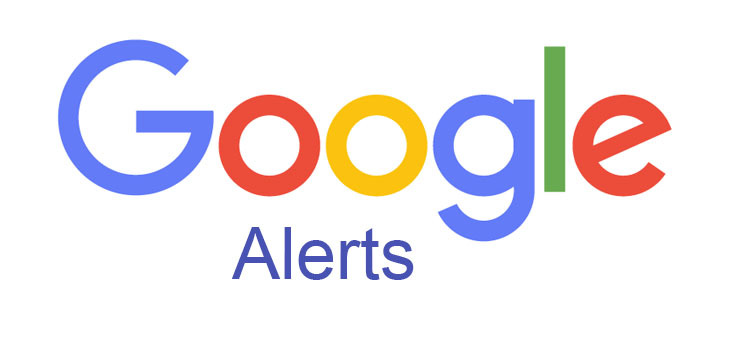
Google Alerts is a free tool for social listening. It sends you emails when your brand or keywords show up online.
This includes news sites, blogs, and forums. You can set alerts for product names and competitor brands. You can also track trending topics to help with new ideas for your content. These alerts help marketing teams find customer questions and issues.
This way, you can make useful content and improve your social selling efforts.
Although it’s not a full scheduling platform, pairing Google Alerts with tools like Hootsuite or Buffer keeps your social selling strategy informed and reactive to real-world conversations.
Vidyard

Vidyard is a video platform. It helps sales teams make and send custom video messages. You can send these in emails, LinkedIn InMails, or chat apps. Short and friendly videos help build good relationships. They show a face with your messages.
They also show products being used. Vidyard’s numbers show who watches your videos. They also track who re-watches and clicks your links. This gives you clear data on social engagement.
The tool connects with CRMs like HubSpot. Every view and click counts as an activity logged in the system.
This helps you know which leads are most interested in what you offer. Vidyard has a free plan that includes basic recording and sharing features. This makes it easy for teams to try video outreach and increase lead generation.
CommentSold

CommentSold is made for live shopping on Facebook and Instagram. It changes comments on your live video into sales.
Buyers can type “sold” under a video. The tool then sends a checkout link in a private message. Inventory sync keeps the counts of products correct. Built-in order management takes care of payments and shipping.
CommentSold has shoppable videos and live shopping tools for websites. This helps sales teams get quick buys with little fuss. Automated follow-ups remind viewers who have not checked out yet.
With CommentSold, brands, especially those in fashion and home goods, can boost social commerce sales in real time.
TikTok
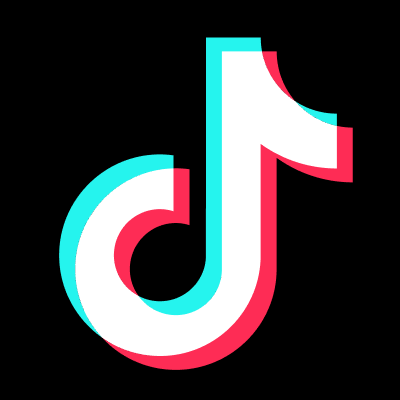
TikTok is more than just short, viral clips. It is now a full social selling platform.
It has in-app shopping links, product tags, and live shopping events. Brands can make fun videos that show products in everyday life. They can also add “Buy Now” buttons to these videos. This allows users to check out without leaving the app.
TikTok’s For You page helps you find new audiences. It does this based on interests and past interactions. The app offers analytics that show views, watch time, and click rates. This helps you understand what content works best.
TikTok is a great tool for brands. It helps them reach young buyers fast. They can use fun ads and videos to sell. This makes it easy for shoppers to buy on a whim. Sales can happen in just seconds.

Pinterest is a site for finding images and a great place for selling. It offers Rich Pins and Shop the Look ads. When users click on a pin, they see the latest prices and stock info. They can then buy items from your online store.
People use Pinterest to find ideas, so good pins with tips or images are saved and shared. This helps to grow brand awareness over time. The analytics dashboard checks saves, clicks, and views. It helps marketing teams focus on the best keywords and board ideas.
Pinterest also has Pay-Per-Click ads that let you target shoppers by what they search for. This can help increase leads and sales.
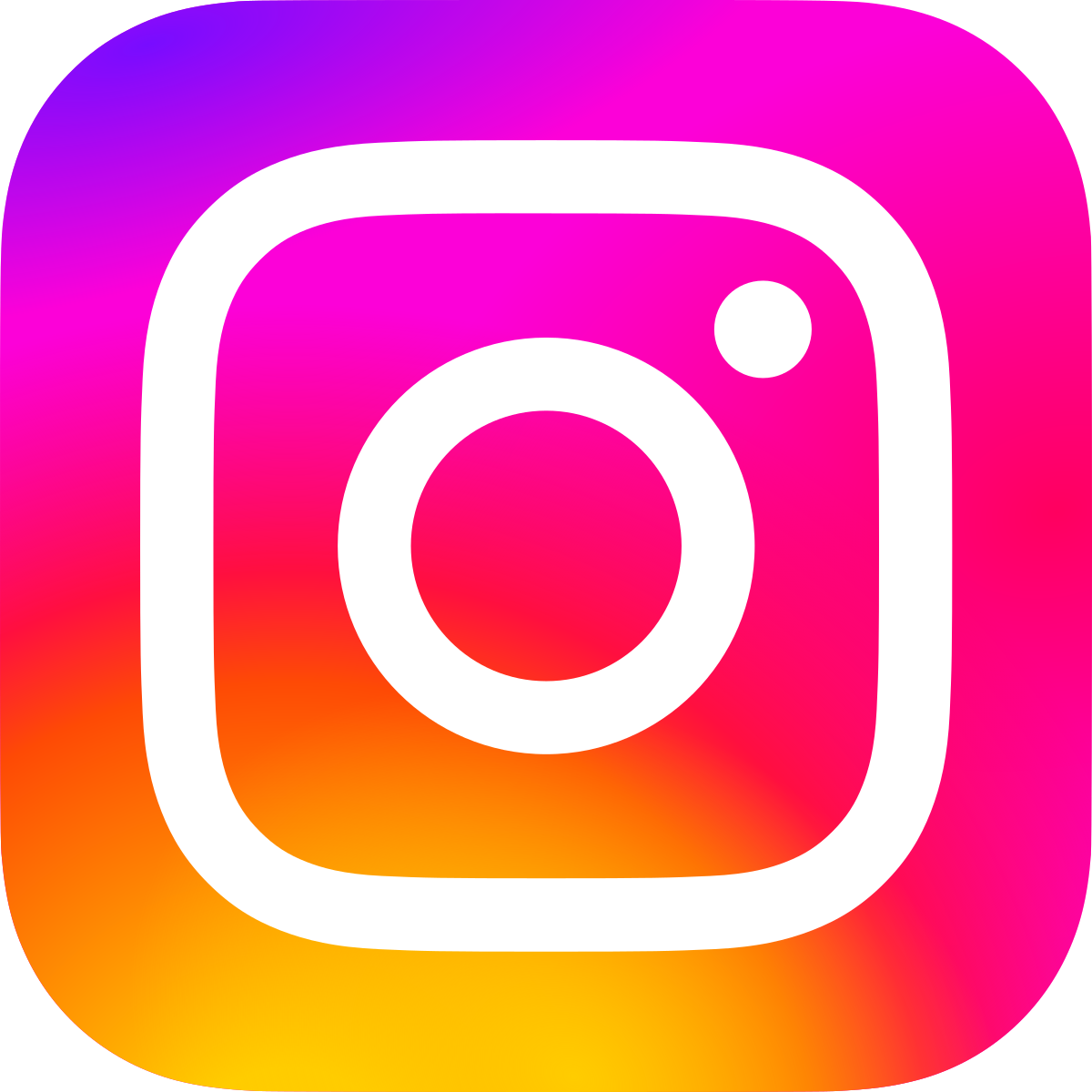
Instagram has many tools for social selling. These include shoppable posts and Stories with product stickers. There are also Reels that have link stickers and Live Shopping events.
Brands can tag products in their posts and stories. Users can tap on an image to see details and buy right away. Instagram gives insights on profile visits, website clicks, and action button taps. This helps you understand how well your social selling is doing.
The focus on visual content and user-made content builds trust and proof among users. Tools like Creator Studio let sales teams schedule posts easily. They can also check performance and manage comments. This makes Instagram a direct way to go from discovery to sale.
Instashop

Instashop is an easy tool that changes your Instagram or Facebook feed into a small online store.
You can tag products in your social media posts. Users can tap to add items to their cart without leaving the app. It works well with Shopify, WooCommerce, and other online shops. This means it keeps your stock and orders in sync automatically.
Instashop also has a checkout page. Buyers only need to enter payment info once for a smooth buy process. For small businesses and influencers, this tool makes social selling fast and simple. Instashop helps you sell more with one-click buying and shoppable posts.
Developing An Effective Social Selling Strategy
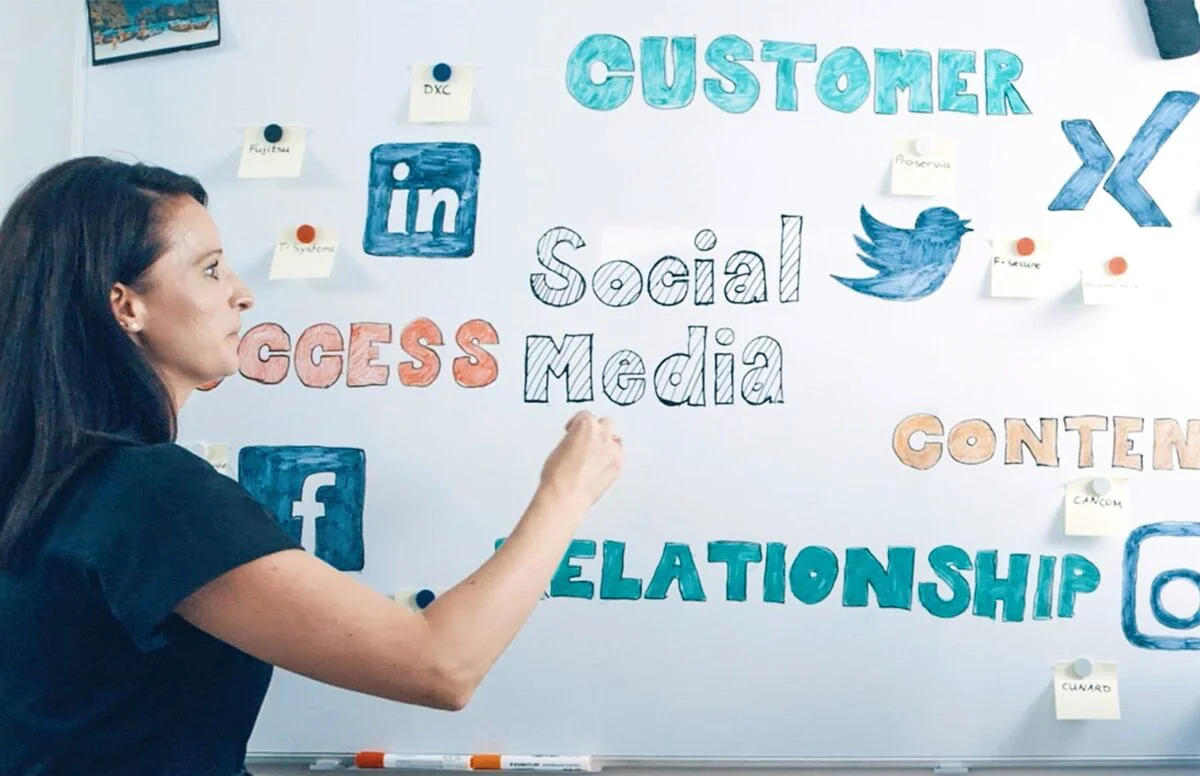
Defining and Identifying Your Target Audience
Think about who needs your product and where they hang out online.
Look at age, job, interests, and problems to create a clear picture of your potential customers. Use social listening and tools like LinkedIn Sales Navigator or Google Alerts to find groups talking about your topic.
When you know your target audience, you can share relevant content that helps them and turns views into real lead generation.
Creating and Sharing Valuable, Engaging Content
Post helpful tips, how-to videos, and stories that solve your audience’s problems. Mix in visual content like images, polls, and video content to keep feeds fun and fresh. Use your social selling tool to schedule content at the best times your target market is online.
Always include clear calls to action—like “Ask me” or “Shop now”—so followers know how to move from watching your social media posts to becoming potential buyers.
Building A Strong, Authentic Personal Brand
Show the real you by using a friendly photo, an honest bio, and a consistent voice in every post. Share success stories, behind-the-scenes looks, and talk about what you care about to boost your brand awareness.
Keep your social selling efforts focused on helping rather than selling hard—people trust experts who share valuable content without pushing too much. A strong personal brand raises your social selling index and makes sales professionals more relatable and memorable.
Actively Engaging in Relevant Conversations
Don’t just post—reply! Like, comment, and message people who ask questions or share your content. Use social listening to spot chats about your industry on social media channels, then jump in with helpful answers.
Tag the right people and use hashtags so more of your potential customers see and join the talk. Real-time replies and friendly chats build trust, making followers feel they know you, so they’ll choose you when it’s time to make purchase decisions.
Measuring the ROI of Your Social Selling Efforts
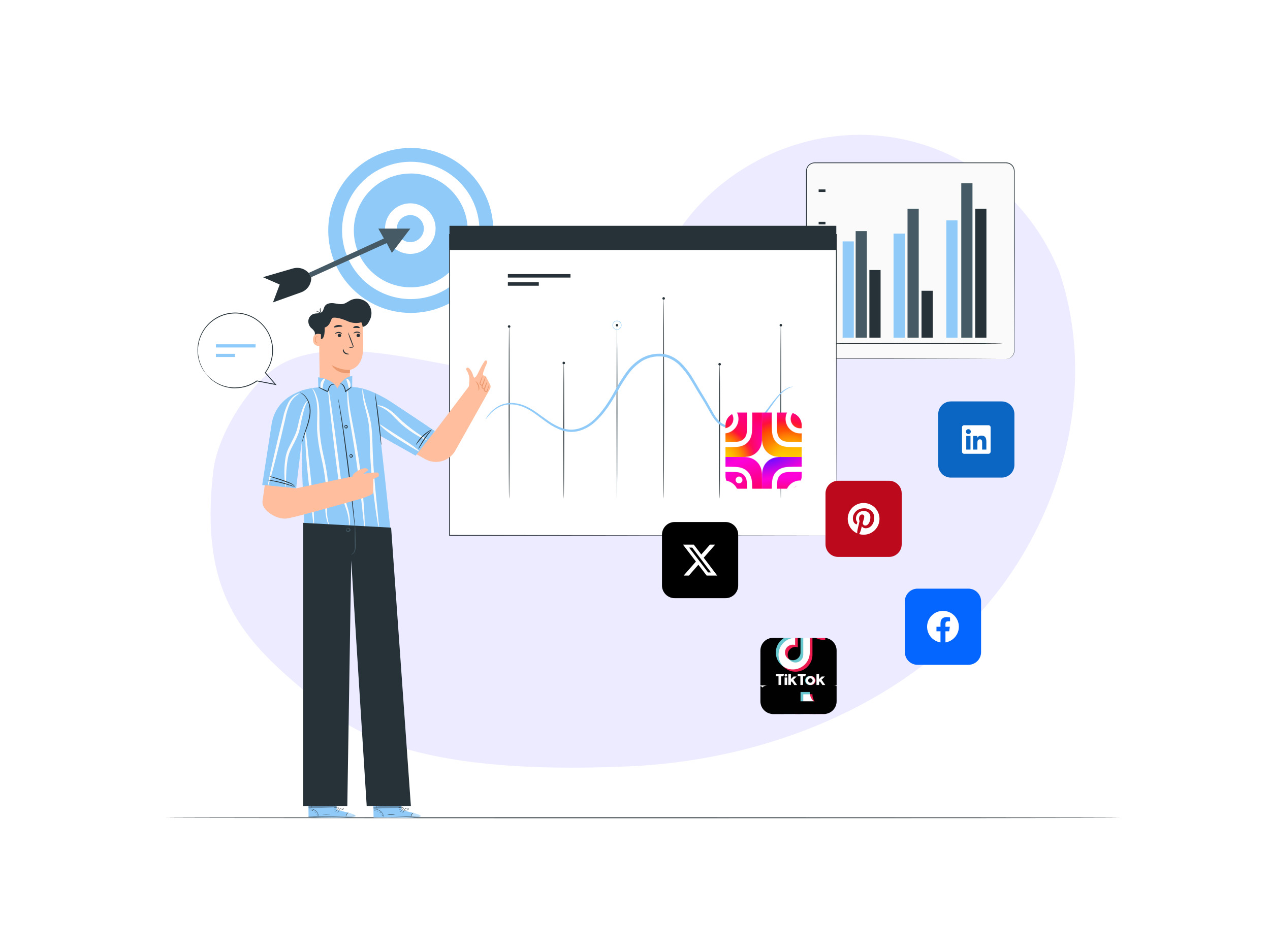
Tracking Key Metrics: Leads, Conversions, and Revenue
First, count how many leads you get from your social media selling tools—people who show interest by clicking, messaging, or signing up. Then track how many of those leads become conversions, like booking a demo or buying a product.
Finally, add up the revenue from those sales to see real money earned. This shows which social selling efforts work best and helps your sales teams focus on top-performing social media channels.
Using Analytics to Refine Your Approach
Use the built-in tools to check which social media posts get the most clicks, comments, and shares. Look for patterns. Do videos get more likes and shares? Do posts with buy options get more leads? Then change your selling plan. Share more of what works well and stop what does not work. This cycle of testing, learning, and improving makes your marketing better. It also helps you grow your customers faster.
Aligning Social Media Efforts With Broader Marketing Goals
Make sure your social numbers connect to goals for the whole company. These goals can be site visits, email sign-ups, or sales targets. Share your social selling stats like leads, conversions, and income with the SEO, email, and ad teams.
When everyone works toward the same goals, your marketing teams can mix social posts, ads, and emails. This teamwork helps create a bigger impact. It also boosts brand awareness and lead generation. You will see steady growth on all social media platforms.
FAQs:
Is Social Selling The Same As MLM (Multi-Level Marketing)?
Social selling means sharing useful content. It also means building real relationships on social media. This is different from recruiting many sellers. MLM aims to sign up people who then find others for commissions. Social selling uses tools to help potential buyers make decisions.
In contrast, MLM focuses on growing a sales network.
Can Small Businesses Benefit From Using Social Media Selling Tools, and If So, How?
Yes. Small businesses can use tools like Buffer’s free plan. They can also use Google Alerts. These tools help them post at the best times.
They can watch for brand mentions too. Businesses can make shoppable posts. They can chat with customers in real time. These tools let them track lead generation without spending a lot of money. This helps small teams raise brand awareness.
It allows them to answer customer questions fast. In turn, this helps them grow their customer base.
What Is The #1 Most Used Social Media Platform?
Facebook is still the top site for active users. It gives a wide reach for selling on social media.
At the same time, TikTok is growing fast. It has more watch time and user engagement with video content. Many businesses use both platforms. They use Facebook for brand awareness to reach many people.
They turn to TikTok for viral videos that help generate leads quickly.
What Are Examples Of Social Selling?
Sharing a YouTube how-to video is a way to sell on social media. You can add a link for people to sign up. Using LinkedIn Sales Navigator is also helpful. You can send an InMail with a blog tip to someone who might be interested. Hosting a live shopping event on Instagram works well too. Shoppable posts make it easy for customers to buy. Replying to comments on Facebook can help turn chats into sales, too.
How Does Someone Start Social Selling?
Choose one social media site where your audience spends time.
For B2B, this could be LinkedIn. For B2C, consider Instagram. Set easy goals, like “get 10 leads this week.” Share helpful content every day. Use a tool to plan your posts ahead of time. Respond fast to comments and direct messages.
This helps you build good relationships with your audience. Invite followers who show interest to learn more or make a purchase.
How Do Social Media Selling Tools Integrate With Existing E-Commerce Platforms?
Most tools link through APIs or apps. SoldLive and CommentSold work with Shopify or WooCommerce. They help with live checkout and inventory updates. Instagram Shop connects to your product catalog.
Tools like HubSpot or Sprout Social connect back to your CRM. This keeps orders in one place. It also stores customer data and helps with purchase choices. This makes managing customer relationships easier and smoother.
What Are The 5 Cs Of Social Selling?
The 5 Cs are:
- Connect: Find and add the right people.
- Converse: Start real conversations through comments, DMs, or live chats.
- Content: Share valuable content like tips, stories, and visual content.
- Convert: Guide interested followers to take action, like signing up or buying.
- Continue: Follow up and keep nurturing customer relationships for repeat sales.
Conclusion
Social selling helps your team change normal social media posts into real leads.
This is done by talking with possible customers on social media sites. The right tool for social selling, like LinkedIn Sales Navigator or Instashop, lets you plan your posts. It also helps you watch your sales and improve brand fame.
When you share helpful content, listen to your audience, and build real customer bonds, your salespeople can lead followers to buy.
Keep improving with data tools that show real-time info. With VH-info’s link-building skills and these tools, you will build a loyal customer base. You will fill your sales funnel too. This makes social media the easiest way to get more sales.
